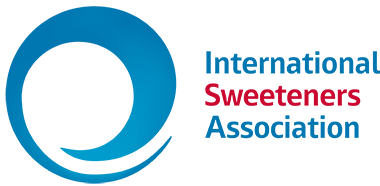Abstract
The aims of the current cross-sectional study were (1) to assess the intake of aspartame, cyclamate, acesulfame-k, neohesperidine dihydrochalcone, sucralose, saccharin, steviol glycosides and neotame among children with type 1 diabetes mellitus (T1D); (2) to compare the obtained intakes with the respective acceptable daily intake (ADI) values; and (3) to conduct a scenario analysis to obtain practical guidelines for a safe consumption of non-nutritive sweeteners (NNS) among children with T1D. T1D patients of the Paediatrics Department of the University Hospitals Leuven were invited to complete a food frequency questionnaire designed to assess NNS intake using a tier 2 and tier 3 exposure assessment approach. A scenario analysis was conducted by reducing the P95 consumption of the most contributing food categories in order to reach a total sweetener intake lower than or equal to the ADI. Estimated total intakes higher than ADIs were only found for the P95 consumers only of acesulfame-K, cyclamate and steviol glycosides (tier 2 and tier 3 approach). Scenario analysis created dietary guidelines for each age category for diet soda, bread spreads and dairy drinks. There is little chance for T1D children to exceed the ADI of the different NNS, however diabetes educators and dieticians need to pay attention regarding the use of NNS.
Summary
There is broad consensus in the medical and dietetic communities that the use of low calorie sweeteners is a strategy to replace sugar in the diet as part of the medical nutrition therapy for diabetes, as low calorie sweeteners have no effect on blood glucose levels. On this basis, type 1 and 2 diabetes patients are considered to constitute a group with high consumption of low calorie sweeteners. Especially children with Type 1 diabetes turn out to have the highest risk of exceeding ADIs, however, according to the findings of this study as well as previous dietary intake assessment, there is little chance for children with Type 1 diabetes to exceed ADIs for acesulfame-K, aspartame, neohesperidin, sucralose, saccharin, steviol glycosides and neotame.

